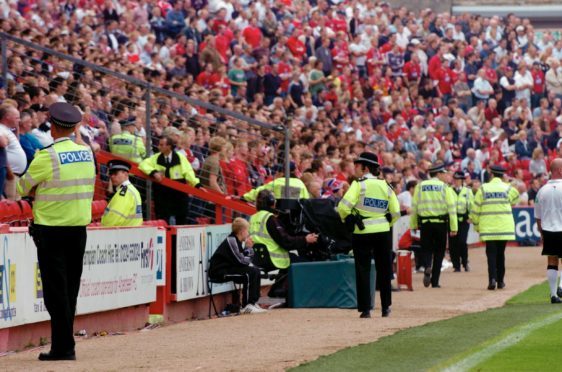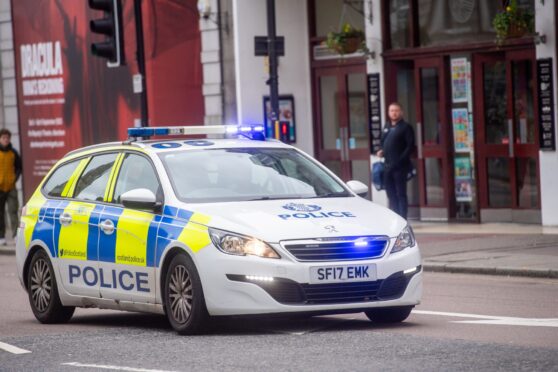Police officers believe being on duty at thousands of events, from festivals to football matches, has a “negative impact” on policing their communities.
A report by Her Majesty’s Inspectorate of Constabulary in Scotland (HMICS) highlighted concerns about the allocation of police resources to events and confusion over planning.
HMICS said there were 6,600 policed events in Scotland last year, ranging from President Donald Trump’s visit to sporting fixtures, concerts, parades and processions.
The report concluded the events were delivered safely, but added: “Officers and staff are concerned about the volume of events and report a negative impact on their ability to deliver policing in their communities.”
Officers were committed and professional, but the different ways of identifying who should attend events used across Scotland had an impact on efficiency.
Police Scotland charges for providing support at some bigger events, but the report said the money recovered by the force did not reflect the costs incurred.
And the report said there were concerns that some events were “over-policed” because event commanders were cautious and risk adverse, particularly following terrorist attacks.
Following such incidents, an increased number of officers tended to be deployed despite limited evidence the decision was based on risk assessment or intelligence.
Inspectors noted that officers felt systems used to determine how many staff were available for events were “unrealistic” and “unclear”.
When pooling staff from different areas for an event, there was also found to be confusion about how many officers should be provided by the host division.
The report recommended a more “intelligence-led” approach.
HM Chief Inspector of Constabulary, Gill Imery said Police Scotland has “a proven track recrd of ensuring public events are safe, with minimal disorder”, but it was “less clear what impact their resourcing had on other aspects of policing in the area in which they were held and across Scotland”.
North East Tory MSP Liam Kerr said: “The more officers required to cover these events, the more impact there is likely to be on local policing.
“Our north-east communities know our police work hard to ensure this heavy workload does not lead to a deterioration in the service provided.
“However, they will also expect the police to have the resources they require to maintain that level.”
Assistant Chief Constable Mark Williams, said: “Regardless of the scale or occasion, our teams work tirelessly to ensure that they take place safely.
“We currently review major events to identify any learning points for the future and welcome this HMICS report and its recommendations.”
A Scottish Government spokeswoman said: “We welcome this report, which clearly demonstrates Police Scotland’s strength in successfully managing major events around the country. The findings will assist both Police Scotland and the Scottish Police Authority in ensuring the most appropriate service can continue to be provided to public events going forward.”










